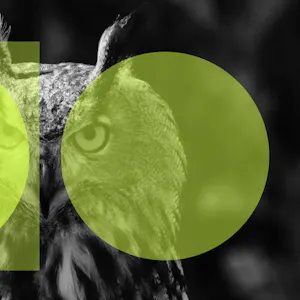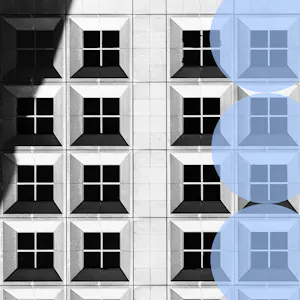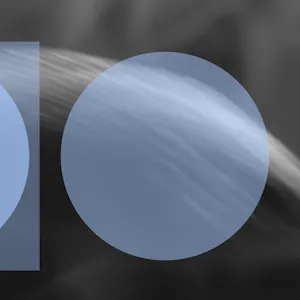Emerging threats

We support organisations striving to build a trustworthy, safe online environment where users can engage authentically in their communities.
Cross-sector corporatesWe support international government organisations and NGOs working to provide infrastructure or improve the capabilities, security and resilience of their nation.
International programmes and developmentWe support commercial organisations operating in a digital world, seeking to protect their reputation and prevent business disruption caused by cyber attacks and compliance breaches.
UK government and public sectorWe support UK government organisations responsible for safeguarding critical infrastructure, preserving public trust, and maintaining national security.



In March, we wrote a digest on the uptick of xenophobic rhetoric centred on the perceived increase of sub-Saharan migration in Tunisia and the ‘secret’ project to change Tunisia’s demographic that was first inspired by the once relatively unknown Tunisian National Party and amplified by no other than President Kais Saied himself. Today, unfortunately not much has changed. In fact, things have gotten worse for migrants in Tunisia.
As economic conditions continue to worsen, tensions between Tunisians and African migrants have seen an uptick. For example, following the death of a Tunisian man in Sfax on 03 July people have been protesting against the influx of African migrants which have resulted in several violent clashes. Tunisian law enforcement have also begun rounding up migrants, placing them on buses and driving them to the militarised border with Libya, leaving them with no food, no shelter – nothing.
On social media, there have been videos of Tunisians shovelling migrants into buses while you can hear congratulatory cheers in the background. Many engaging in these behaviours have come out to say they are not racist and just want protection, but content shared across social media seems to be consistently playing on stereotypes that have plagued people of colour for centuries. The whole situation is a sad reminder of the polarisation that is causing North Africans to turn against people from the same continent trying to seek refuge, especially given as many Tunisians themselves regularly attempt to migrate to Europe.
Facing scrutiny on the treatment of migrants, President Saied issued a social media statement stating that ‘’immigrants are receiving a humane treatment" and accused "colonial circles and their agents " of "falsifying truth and spreading fake news". He also referenced the use of ‘’false pictures, taken in other countries’’, and on that point, he’s not wrong. Research has identified several forms of misattributed content with various photos and videos detailing the mistreatment of migrants were actually filmed in other countries and, in some cases, contained footage from several years ago. However, misattributed content has also been used to exaggerate the number of migrants allegedly entering Tunisia and as alleged footage of migrations organising attacks and protesting.
While most users share this content unintentionally, misattributed content will likely be used by people like Kais Saied to legitimise actions that limit migrant rights. And, most importantly, the spread of such content can undermine the credibility of reports of actual migrant mistreatment.
Amid these tensions, the European Union and Tunisia signed a memorandum of understanding for a partnership aimed at combatting irregular migration. The EU has pledged 100mn Euros to assist with border management to stop migrants from reaching Europe. The timing is interesting – as Saied faces scrutiny on the mistreatment of migrants, he receives more money to further combat migration.
Like the misattributed footage, the deal will likely only bolster not only Saied’s approach to migrants, but it will likely increase the threat on migrant lives and further polarise Tunisia’s online environment.
More about Protection Group International's Digital Investigations
Our Digital Investigations Analysts combine modern exploitative technology with deep human analytical expertise that covers the social media platforms themselves and the behaviours and the intents of those who use them. Our experienced analyst team have a deep understanding of how various threat groups use social media and follow a three-pronged approach focused on content, behaviour and infrastructure to assess and substantiate threat landscapes.
Disclaimer: Protection Group International does not endorse any of the linked content.

At their core, artificial systems are a series of relationships between intelligence, truth, and decision making.

Feeding the name of a new criminal to the online OSINT community is like waving a red rag to a bull. There’s an immediate scramble to be the first to find every piece of information out there on the target, and present it back in a nice network graph (bonus points if you’re using your own network graph product and the whole thing is a thinly veiled advert for why your Ghunt code wrap with its purple-backlit-round-edged-dynamic-element CSS is better than everyone else’s).

There is a tendency to think that modern problems require modern solutions. Got a problem with AI-generated content? Your only hope is to build an AI-powered detection engine.